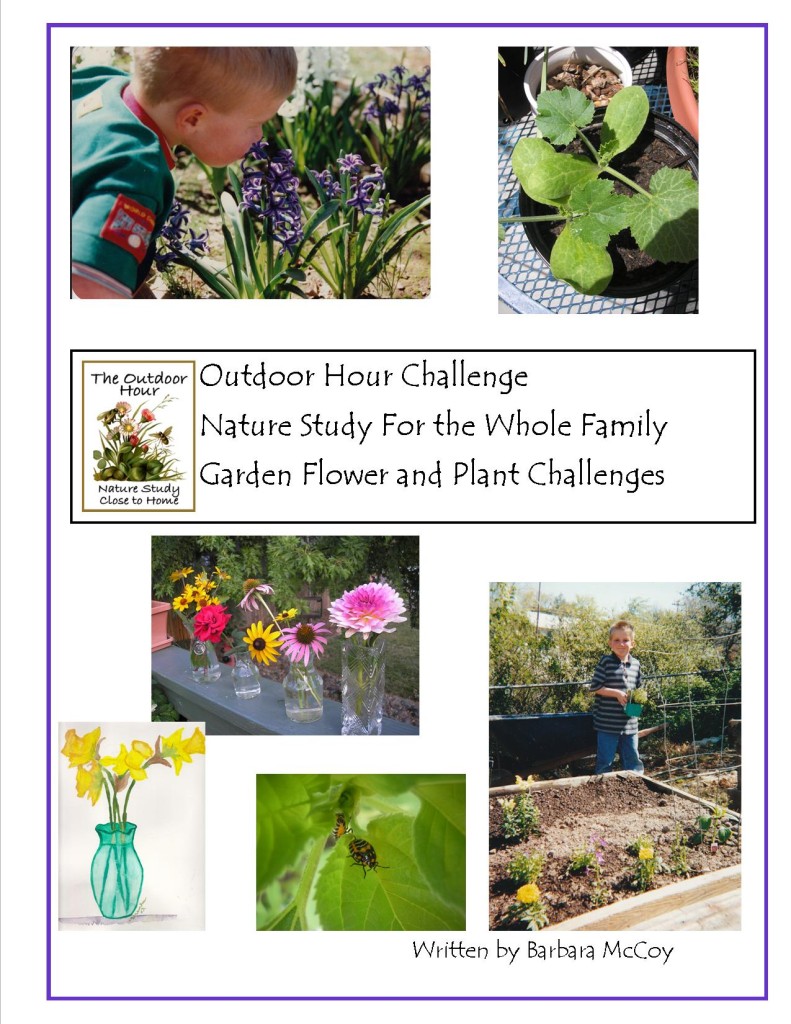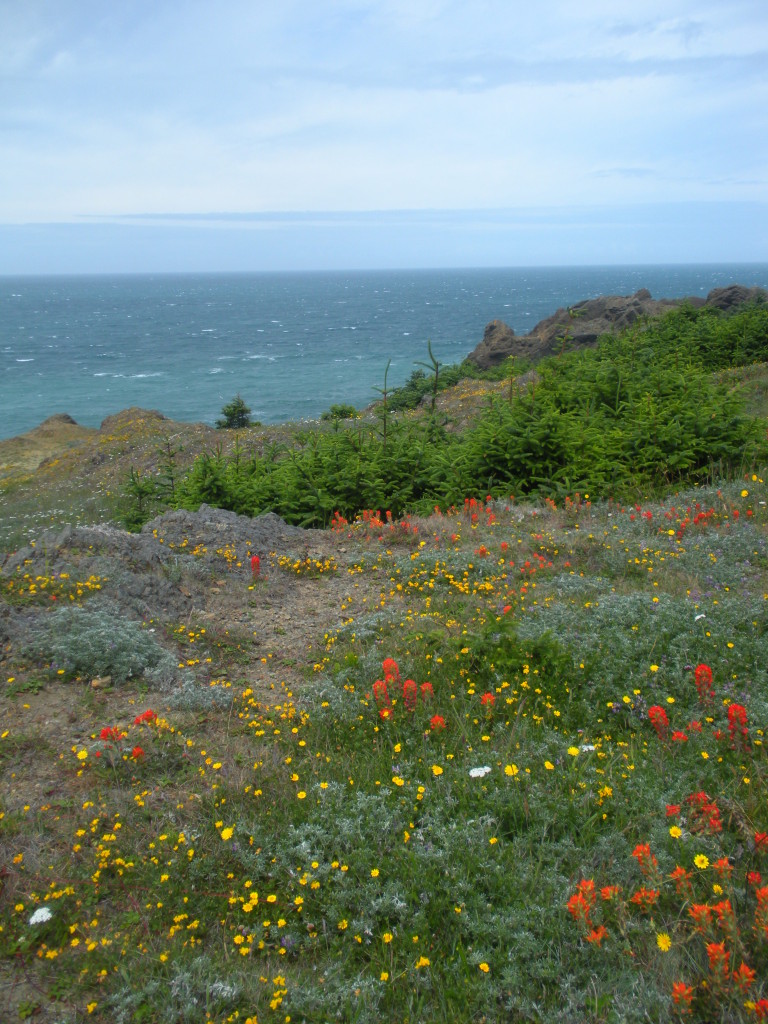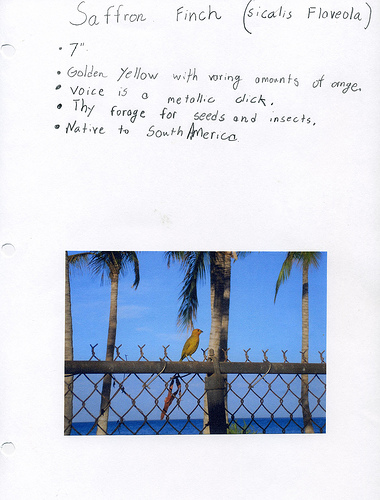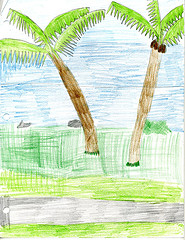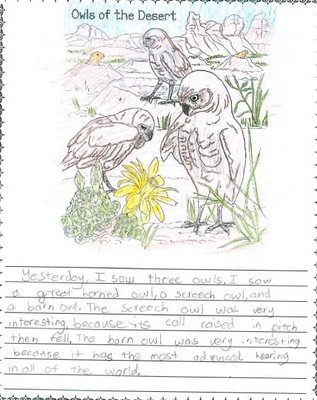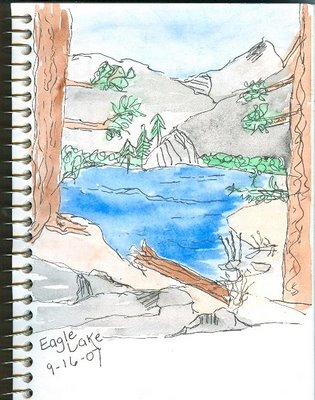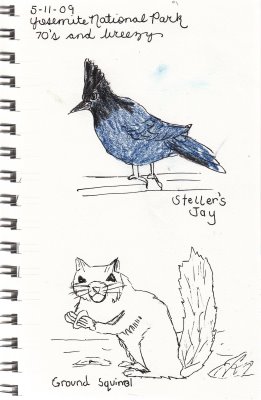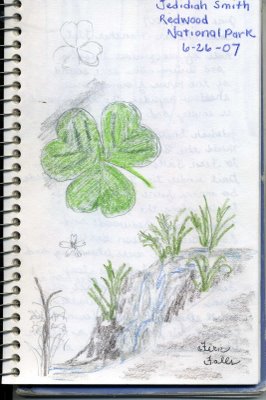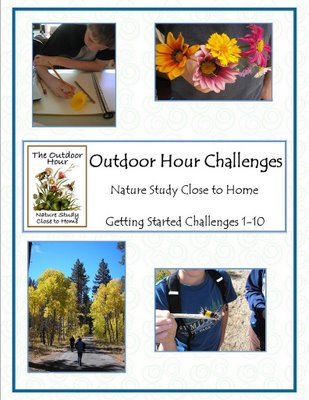Outdoor Hour Challenge
Crop Plants #4
Cotton
Inside Preparation Work
1. Read in the Handbook of Nature Study pages 604-608. The lesson on the cotton plant in the HNS is loaded with information about a plant that many of us have never grown or seen in person. Make sure to view the photo on page 606 and the diagram on page 607 with your children. See the links at the bottom of this challenge for websites that sell cotton bolls and cotton seeds if you wish to go more in depth with this challenge and study of cotton.
Now we are working totally out of my area of expertise. I have never grown cotton or seen it growing so we will be learning together. 🙂
Here is a Flickr photoset that you might be interested in viewing:
Homegrown Cotton
2. For this challenge it may be interesting to go through your closets and drawers and find clothing items that are made of 100% cotton. Bed linens are sometimes made of 100% cotton as well. Be creative.
Outdoor Time
3. As a family, spend 10-15 minutes outdoors. This would be a great time to check up on any crop plants that you have been growing in the garden. If you don’t have any crop plants growing, spend your time observing your own backyard and seeking a subject that interests your children. Perhaps you could bring along your magnifying glass and inspect leaves or flowers or insects. Enjoy this time together and remember that the most important part of any Outdoor Hour Challenge is the time spent outdoors as a family.
Follow-Up Activity
4. Allow time for discussion and a nature journal entry after your outdoor time. Follow up any interest in subjects you observed during your outdoor time either in the Handbook of Nature Study or in a field guide. You could also check past Outdoor Hour Challenge topics to see if we have studied your subject in the past.
5. One idea for cotton observation and then a nature journal is to use cotton balls or cotton fabric and view them with a magnifying lens. You can compare both the cotton ball and the cotton fabric and then sketch your observations in a nature journal entry. (If you purchased the Crop Plants notebook pages, there is a place on the cotton page to record your sketches.)
For future reference:
Here is a link to a website where you can purchase cotton bolls for observation.
http://cottonclouds.com/shopping/product_info.asp?id=542
Here is a link to a website that sells cotton seeds if you would like to grow your own cotton to observe.
http://www.southernexposure.com/Merchant2/merchant.mvc?Screen=CTGY&Category_Code=COTT
Here is a link to a coloring book about cotton: Wonderful World of Cotton
New for this series of challenges are custom made notebook pages for each crop plant we will study. I have designed simple to use pages that will complement each challenge and will be an easy way to start a nature journal. Each of the eight notebook pages is in full color, but they are just as great in black and white.
























